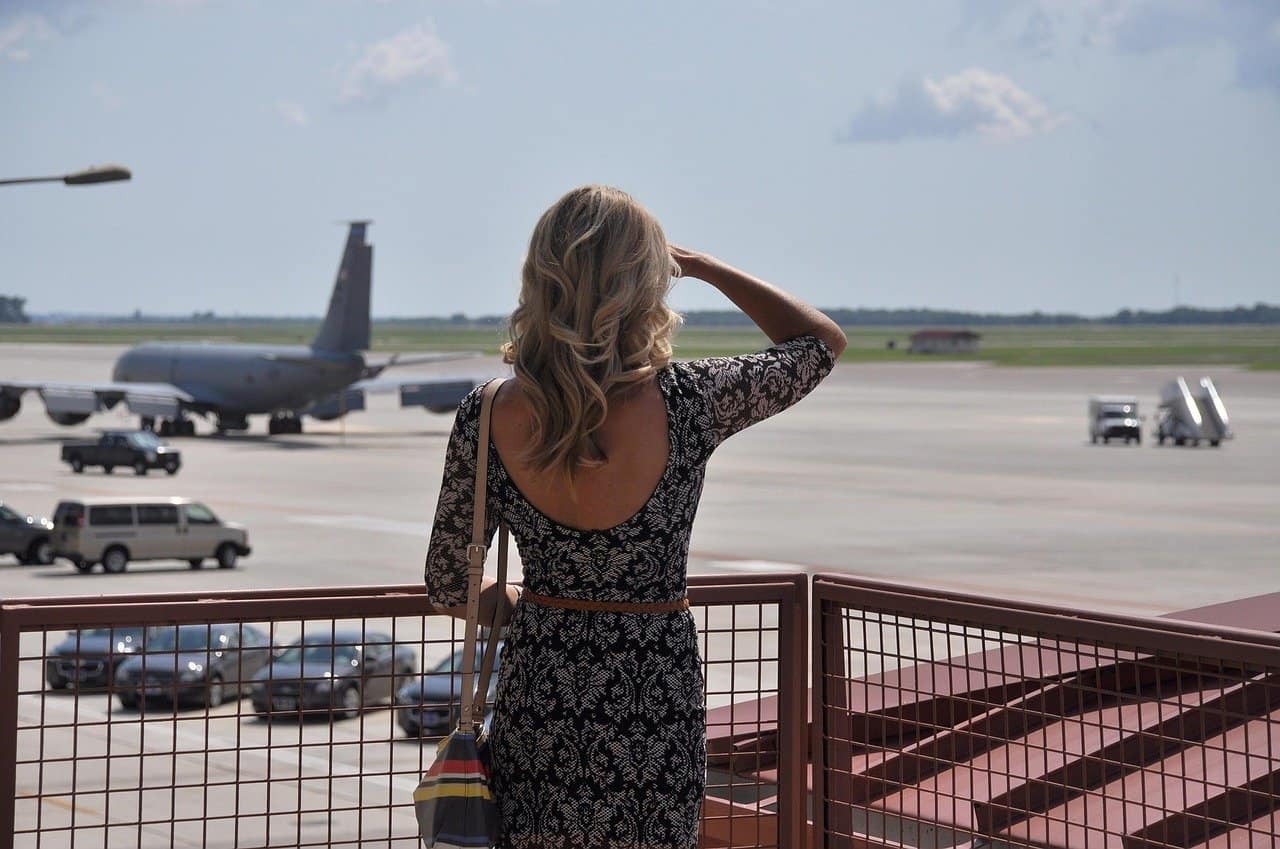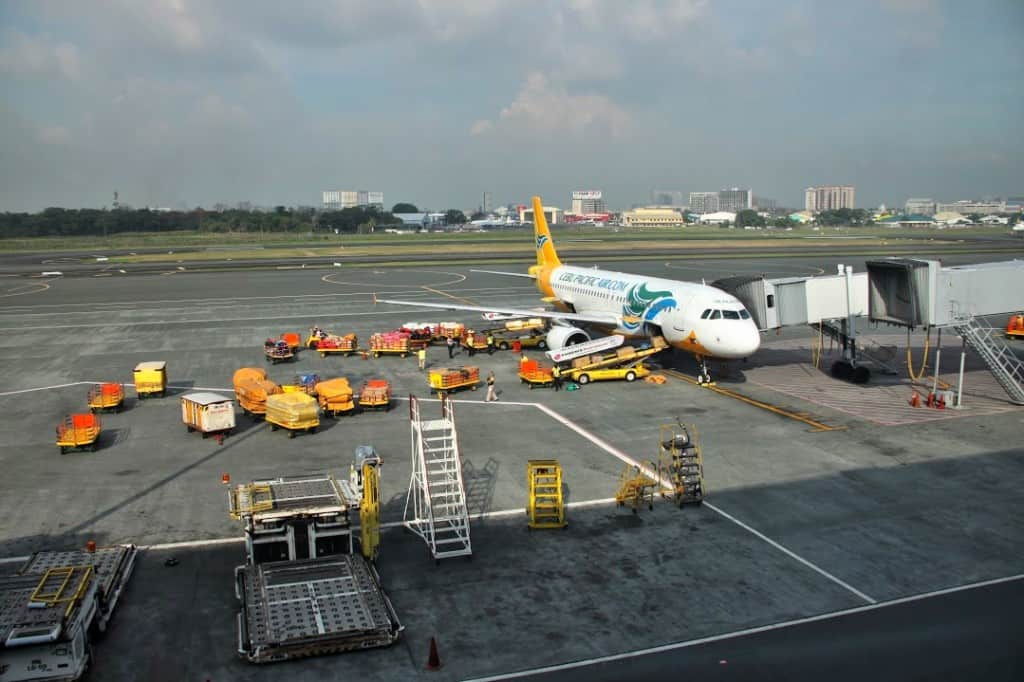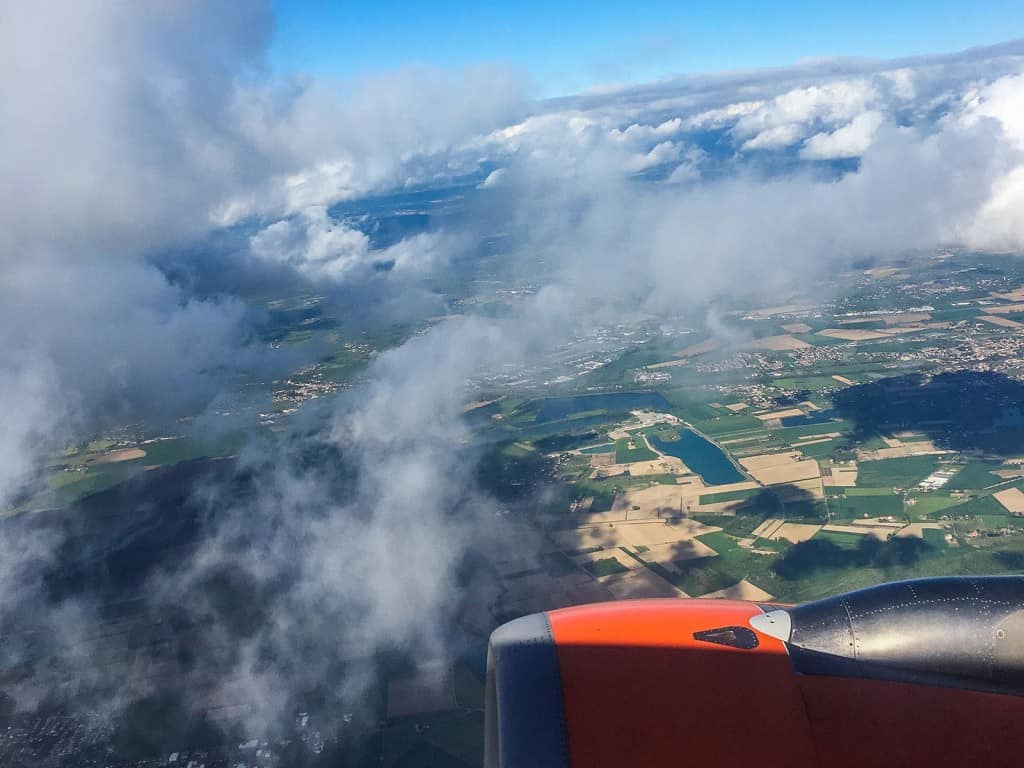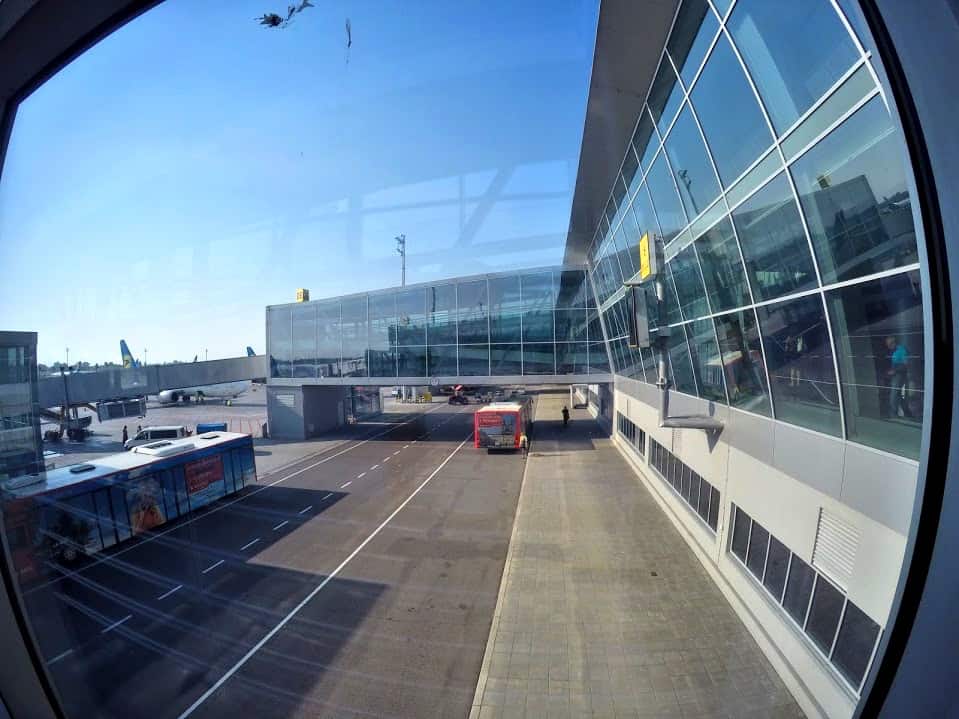Table of Contents:
10 Facts About Flying That You Didn’t Know About
Our society is divided into 3 groups: those who love flying, those who simply don’t care and those who hate it. This post is addressed to everyone- if you are scared, some of these reassuring facts about flying will make you feel more comfortable.
If you don’t mind spending time on a plane, you will enjoy getting to know some insider’s facts about aircraft!
Flying Has Some Old Rules That Date Back The Time We Used To Travel By Boats

When we used to be farmers and people thought that if you sailed too far on a ship, you would fall into the end of the world and be forever gone; a ship was a little piece of land and the captain its king. Whatever the captain said was the rule.
Nowadays the same applies with flying. A captain is the king of its aircraft and whatever he or she says, that’s the rule. Which means that captains have total authority to kick someone out and even order someone’s arrest.
Back to the times of ships, disorderly conduct was a serious offense with severe consequences. Someone who didn’t maintain the peace, who didn’t followed the rules, who was rude and who got themselves in fights with others was seen as a problem and would had to be kicked out of the ship.
Nowadays such behavior will get someone branded as a disruptive passenger, but the rule is the same as back then and that someone will be kicked off the aircraft. Depending on how bad that person’s behavior was, he or she might get arrested.
In An Emergency The Crew Expects You To Open Those Over-wing Emergency Exits
So you are sitting by an emergency exit, you have plenty of legroom and that feels great. A crew member will probably make you aware of the emergency exit and quickly brief you on how to open that door.
The crew really expects you to open those exits and start to evacuate in a catastrophic scenario. An emergency that ends up on evacuation is quite rare.
Even rarer will be an emergency in which the crew doesn’t have enough time to brief you again on the doors and the evacuation procedures – but better safe than sorry.
The reason why the crew expects you to know how to open those doors is that they will be opening their own doors (at least the two at the front and two at the back). It will be impossible for a crew member to open a door and then rush to the middle of the cabin. In fact, a flight attendant will be too busy evacuating his own door to worry too much about the over-wing exits.
So the next time you are sitting by one of those emergency exists, do pay attention to the instructions, it might save you some precious seconds.
Cabin Humidity Is lower Than In The Sahara Desert
At 30,000 feet you don’t have enough oxygen to breathe and in a few seconds, you can pass out and die. That’s the reason why the cabins are pressurized at a much lower altitude so you can breathe normally.
The air that you breathe inside a cabin is composed of 50% new air and 50% recycled air. This new air is extremely dry, in an effort to maintain some of the humidity inside of the cabin, recycled air is used as well.
The cabin humidity is lower than in the Sahara Desert (around 25%). But the air is cleaned by filters and doesn’t really bring any problems to you as a passenger. In fact, new planes like the Boeing 787 has such powerful air filters that it can clean the air with an efficiency of 99.97%.
Everything Is Pretty Dirty
With airlines squishing more flights on each aircraft, the crew has to do their best to maintain a clean plane on turn arounds and through the day.
Some airlines pay cleaners to come on board on turn arounds and clean the cabin, others don’t. The cleaners only come at night when the aircraft is put to sleep and won’t be used until the next day.
Cleaners also have to be quick while cleaning the cabin. Some wipe the tray tables with a disinfectant spray and take the rubbish out of the seat pockets. Others clean the toilets and use the same spray on the surfaces of the tray tables. Finally, someone hovers the floor of the cabin.
Every few weeks/ months the aircraft will be taken into the hangar and get a deep clean – both outside and inside. But all the other days, they just get a quick wipe. Which means that everything you touch is pretty dirty – especially the toilets.
An aircraft is cleanest early in the morning and as the day goes by, things get pretty messy. To avoid getting sick make sure you carry antibacterial gel or wipes and clean the tray table, seat bells, and armrests.
The Oxygen Masks Only Work For 15 Minutes.
Remember those oxygen masks that the crew shows you whilst doing the safety demo? You might be surprised to know that there is only 15 minutes’ worth of oxygen on those masks.
If there is a decompression or any other emergency in which everyone will need to put on an oxygen mask, the priority of the pilots will be descending to an altitude in which you can breathe normally without help from those masks.
Those 15 minutes is more than enough time for the pilots to acknowledge that there is a problem and start a descend.
There Is No Such Thing As Landing On Water
There is only one kind of landing. The one when an aircraft lands at a runway of an airport. Anything else will be a crash.
Landed outside the runway? You crashed. Landed on a road? You crashed. Landed on water? You crashed and are probably screwed. One of the worst scenarios for a pilot would be to crash on water because it makes the rescue even harder.
On the water, the survivors will have trouble finding food, keeping themselves warm and dry. Crashing on the water will also scatter pieces and survivors everywhere. Hypothermia can sink in very quickly and you can easily become fish food.
Maybe you know about Captain Sully and the landing in the Hudson River – this was a real miracle. Plenty of pilots, with all sorts of background, have attempted to do the same in the simulator and every one of them failed to “land” safely on the water.
If The Plane Is Going To Crash, The Crew Will Tell You
Are you afraid of flying? Every little bump makes you jump and look at a crew member to see if he/she is acting normal? Afraid that your flight will crash? Don’t worry, because if there is something wrong you will be told about it.
In emergency situations, every second count and a second can be the difference between everyone getting out or not. This means that the crew wants everyone up and ready for whatever it might happen and to do that they will have to tell you about it.
So if something really bad happened through the flight and the plane will do an emergency landing due to any issue; the crew will make an emergency PA informing you about the situation and how much time you have until landing.
They will also go over the brace position, how to unfasten the seatbelt, which and where is the nearest exit and they will also brief all the emergency rows on how to open and operate the doors. Remember that the real job of those cabin crew is to get everyone out alive in an emergency.
Everyone Hates Delays, Especially The Crew
Delays are a pain in the bum. It makes passengers unhappy and annoyed. Unhappy and angry passengers make our job as crew harder. We know that you are upset and it annoys us that there is nothing that we can do to make you feel better.
The crew only gets paid when the doors are closed and the aircraft is off the ground, which means that they won’t get any extra money for that 4 hours delay. It also means that they will have to work longer hours.
Because of that delay, the next duties will be changed and the whole work week will be different than what was rostered. Which means that their plans for their social life will have to be changed as well. Also, when we get changed to a different duty it’s usually a worse duty than the original one.
Autopilot Does Pretty Much Everything
Autopilot is an amazing invention that can do pretty much everything. It can follow a route, land the aircraft and make adjustments to its route when necessary. If the flight is too long, it’s required that the autopilot is working properly to avoid tiring the pilots too much.
You want your pilots to be fresh and alert when they are trying to land that big metal bird and tiredness might cause a pilot to do a mistake. Also, not all airports have the technology to guide the autopilot to land on their runway.
When a pilot comes out for a toilet break, there is always another pilot inside the flight deck so it can contact the Air Traffic Control when needed. As for flying, the autopilot will stay on the route unless someone switches it off.
Your Crew Is Prepared To Deal With Pretty Much Anything That Might Happen Through A Flight
Your pilots have extensive training and go through various emergency scenarios in a simulator that looks exactly like the real thing. They can work around a total engine failure, a decompression, a fire in the cabin and whatever emergency you can think of.
The cabin crew goes through constant training on emergency procedures, on fighting a real-life fire, on first aid and basic life support. The crew is also trained in self-defense, in how to deal with a dangerous good incident and even how to deal with a dodgy package that’s found on board.
There are many reasons why flying is one of the safest ways of traveling and how well trained your crew is, this is one of the main reasons why planes keep taking off and landing without any incident.
Why Do The Windows Of The Planes Have A Tiny Hole?
The windows of the aircraft have three layers. An outer layer, a middle layer, and an inner layer. The one with that strange hole is the middle layer.
This little hole acts as a bleed valve and it’s used to equilibrate the pressure that passes between the two layers of the window (the middle and outer layer). This hole also prevents the window to fog and allows you to see outside.
The inner layer of the window is the one that you can touch and it’s there simply to prevent you from touching and scratching the much more important middle glass.
Pin For Later:
About the author: Hello, I’m Fabio Rosado and hope you will enjoy this post about flying. I work as a flight attendant and I write about flying, traveling, my adventures while traveling and the amazing food that I find while on the road on my blog Travels & Gazes.








